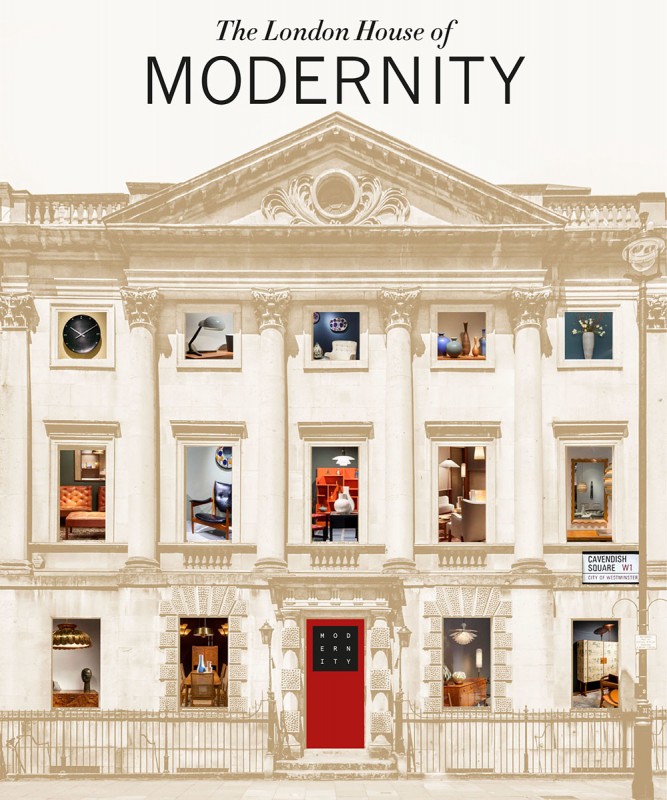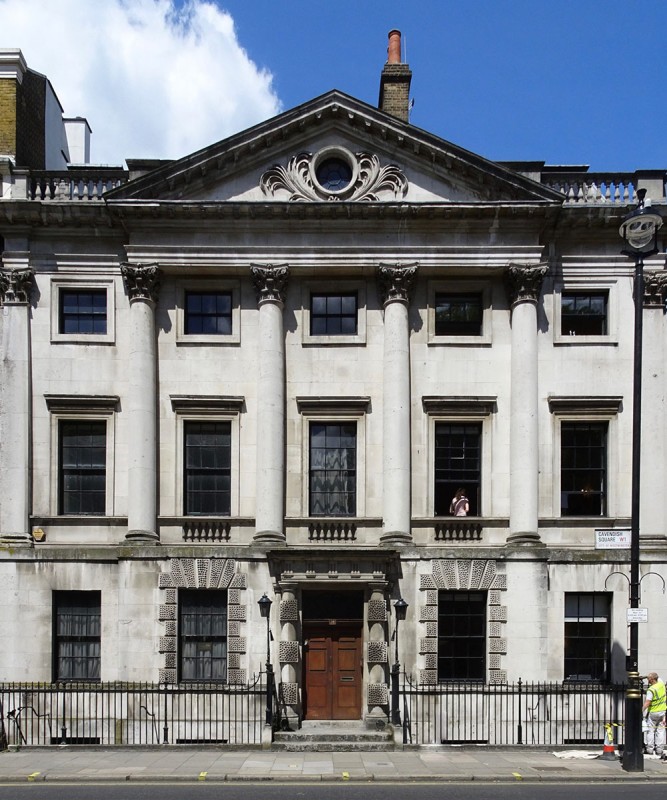
AO Journal
The London House of Modernity
Modernity opens its new exhibition space in London – Moves into an 18th century mansion.
Modernity continues its investment in London and in February opens the gates to its new exhibition space in a mansion from 1770. Modernity will show first class Swedish, Finnish and Danish design from the 20th century. The property has been stripped back by the current owners to its raw, original features and will be renovated in just over a year, but before then Modernity will have the opportunity to exhibit in the space.
The Stockholm gallery opens its London venture in February and moves into the mansion at 14 Cavendish Square in Marylebone. The property was built in 1770, and Modernity will exhibit furniture, textiles, lighting, ceramics and glass pieces in eight rooms covering over 500 square meters.
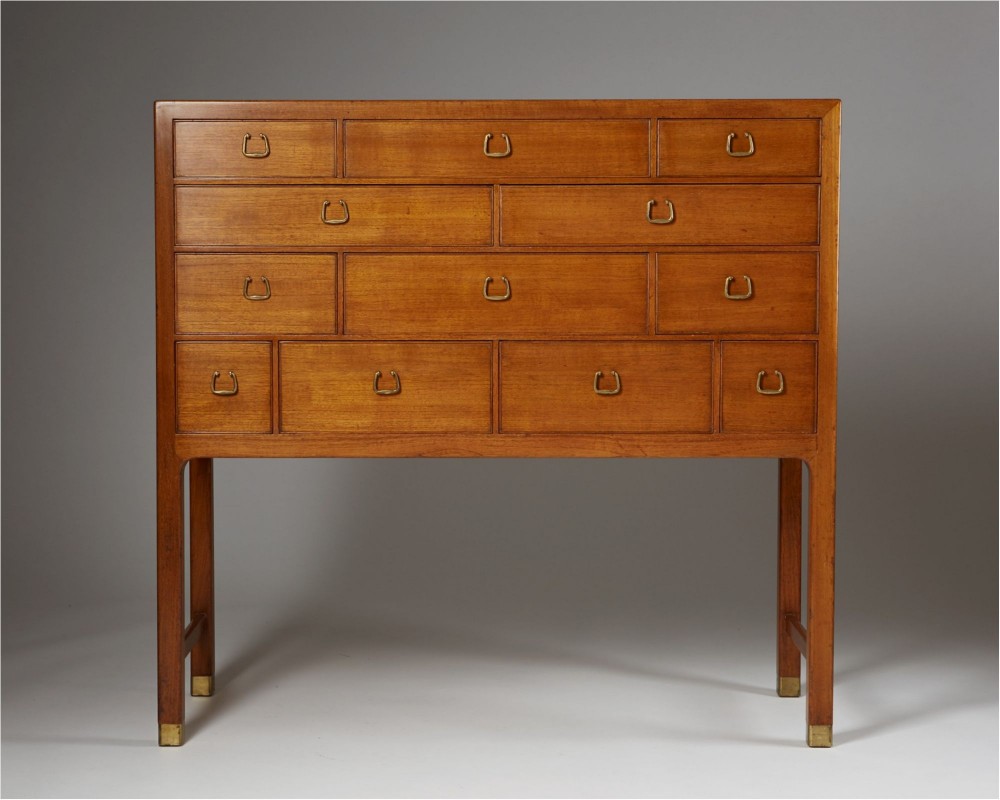 |
 |
“We have long wanted to have a base in London, a location which has been a vibrant market for many years. The mansion not only serves the ability to showcase our pieces, but to create inspiring environments built around a mixture of furniture, lighting, ceramics, textiles and art.” Says Isaac Pineus, co-owner of Modernity.
“The fact that the house is beautiful, a kind of fallen beauty, creates an interesting contrast between the rough interior and our beautiful vintage furniture”. says Andrew Duncanson, founder and co-owner of Modernity.
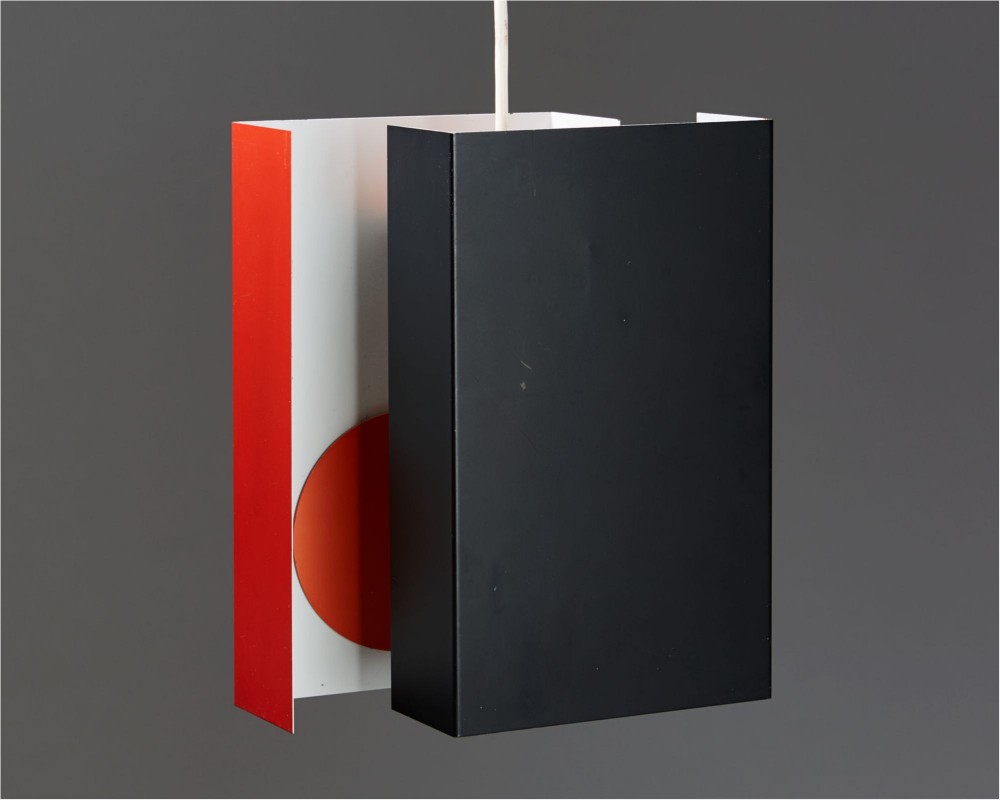 |
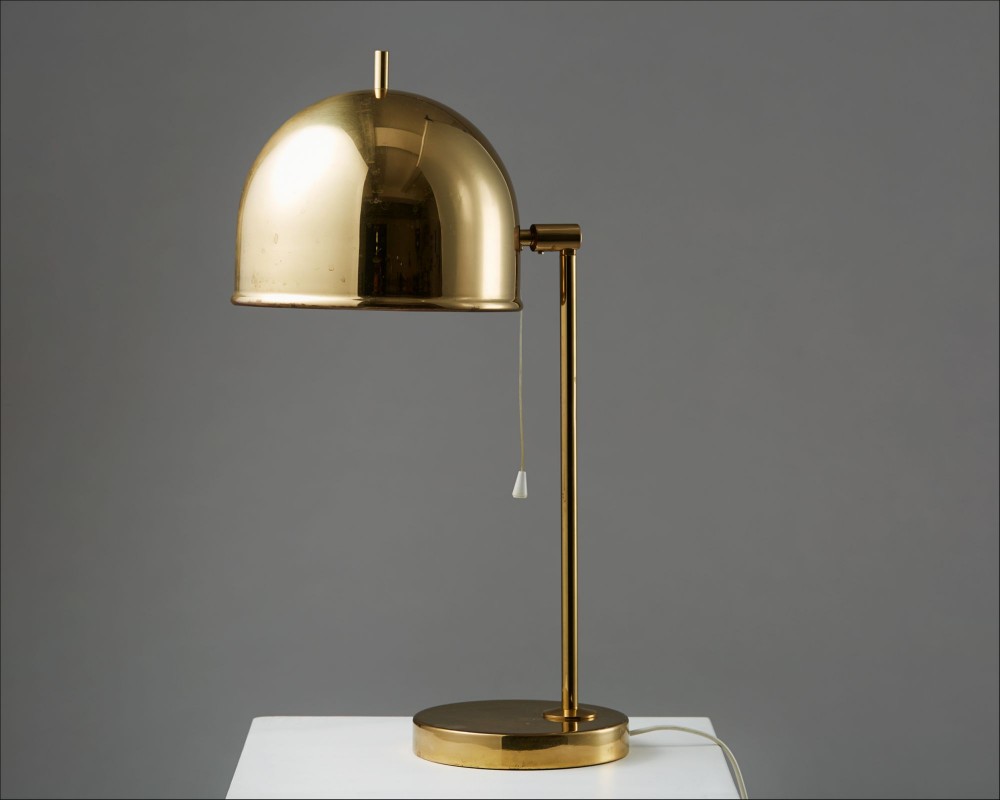 |
Modernity opened its gallery in Stockholm almost 22 years ago, in March 1998, and has been constantly investing in high-quality pieces from the leading designers of Sweden, Denmark and Finland and has very purposefully expanded into the international market by exhibiting at all of the finest and most distinguished art and design fairs in London, New York, Paris and Maastricht.
“Over the years, we have continued to sell to our clients through our website, but we have always felt that we wanted to have a solid foothold in London on a year-round basis. In September we opened an office managed by Sebastien Holt, and now we take the next step as we open the gates to a space where we can show our collection in an contextual way.” Says Isaac Pineus.
 |
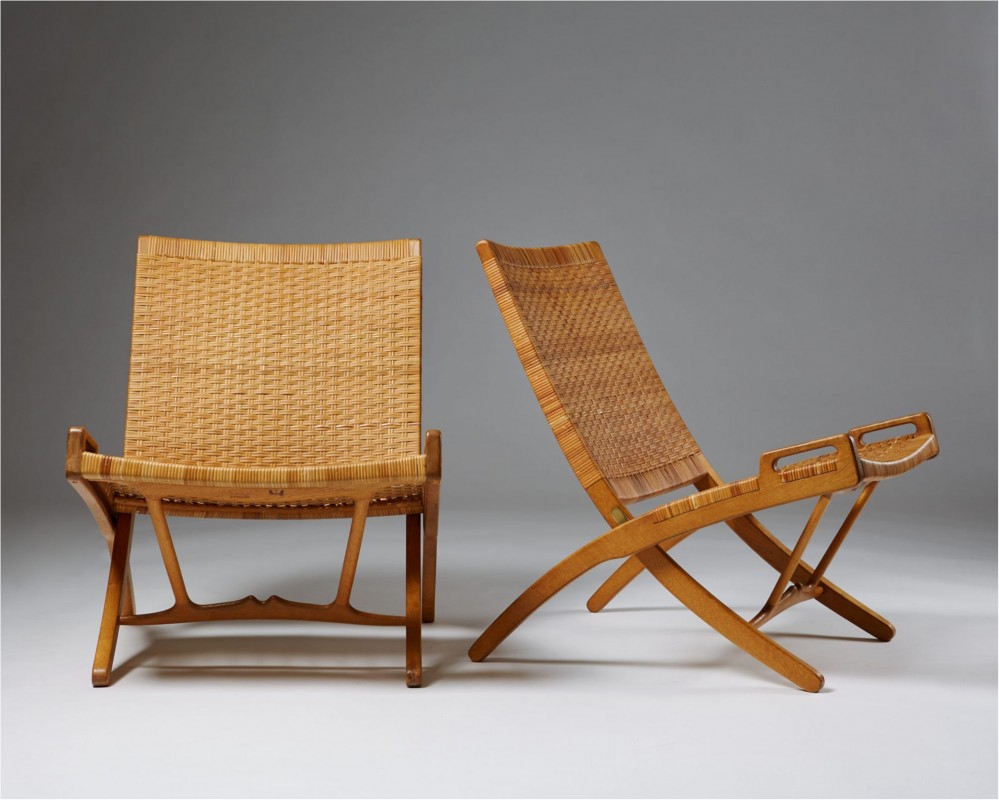 |
“Clients in London are interested, knowledgeable and strong collectors. They are quick to decide, which is why we feel it is always good to be close to the customers, not to just work with them remotely from our gallery in Stockholm.” Explains Isaac Pineus.
“It's always fun and rewarding to meet our clients at these various fairs. You get a good sense of what they are looking for, their thoughts about modern antiques and this then gives you an opportunity to delve deeper under the physical beauty and tell them more about each piece’s contextual value. Everything we sell has a history; where they come from, how they were crafted, the materials used and a provenance relating to the designers, past owners and or exhibitions they were made for.” says Andrew Duncanson, co-owner and founder of Modernity.
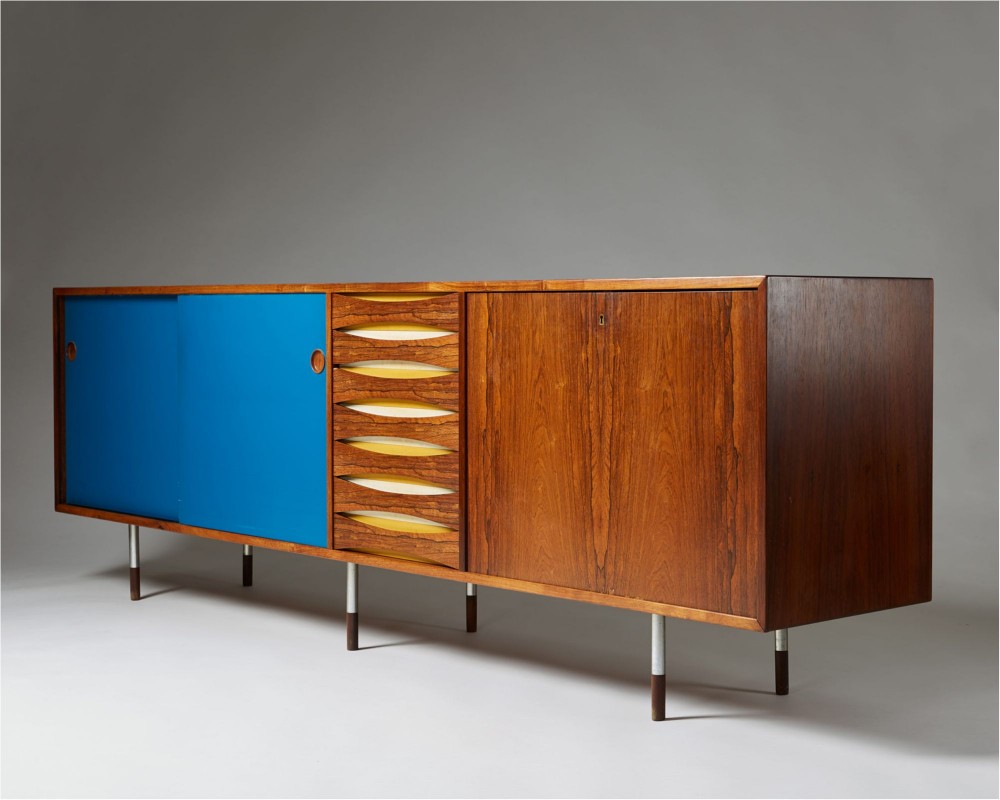 |
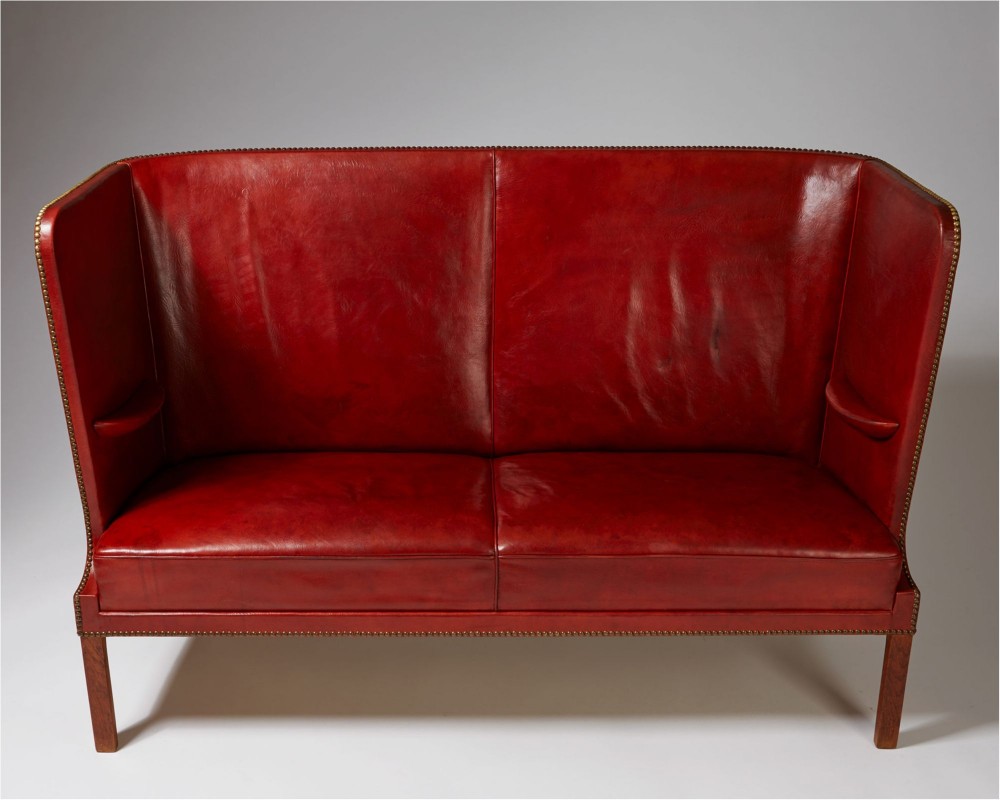 |
"I am excited by this new opportunity to expand upon what is already a thriving UK market. The use of a listed building on Cavendish Square, that is heaped in history, is a unique undertaking for Modernity to be able to showcase a selection of its Nordic design in spaces that will bring them to life. By creating our well-known layouts within this building, we hope to create fun and immersive rooms where our visitors can appreciate the finest in 20th Century Nordic design.” says Sebastien Holt, manager of Modernity’s London office.
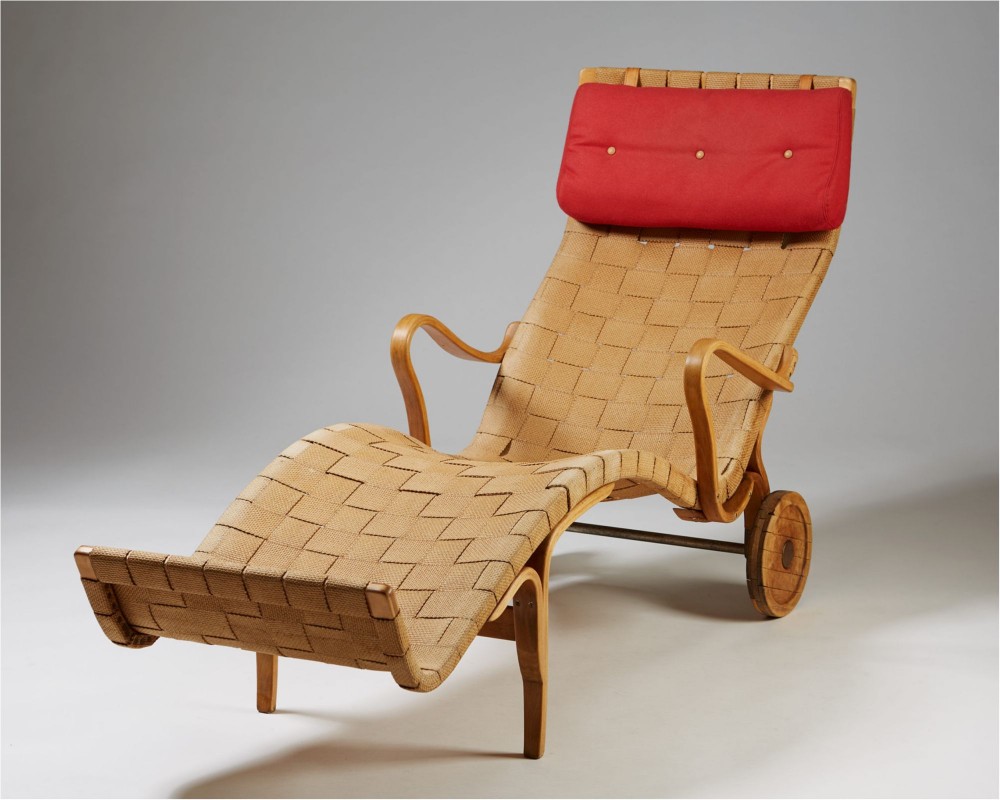 |
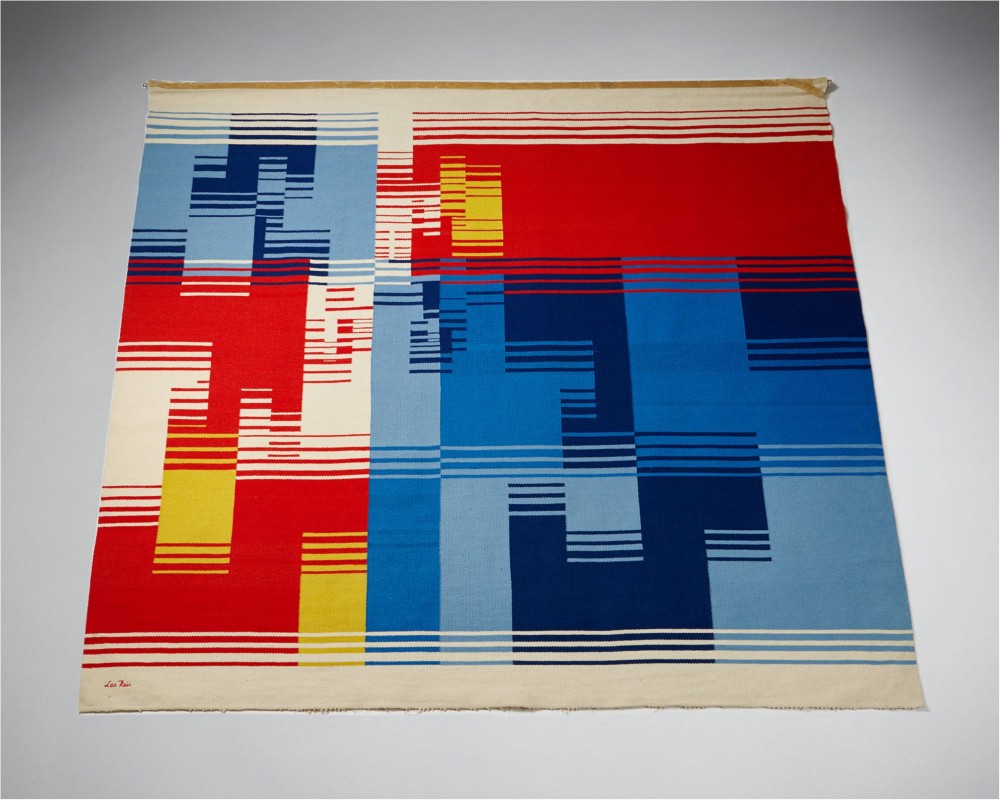 |
Information about 14 Cavendish Square: The property was built by Mr. George Foster Tufnell in 1770. Next to this building is an identical building and both are in condition similar from the time they were built. Both properties were built in Palladian architectural style with Portland stone. Palladian architecture refers to the architecture that is based on the Italian architect Andrea Palladio's (1508-1580) design language, which usually dates from the period 1600-1700. Palladianism was a popular style in Britain in the mid-17th century, in the late 18th century, and then in the United States (especially with Thomas Jefferson).
